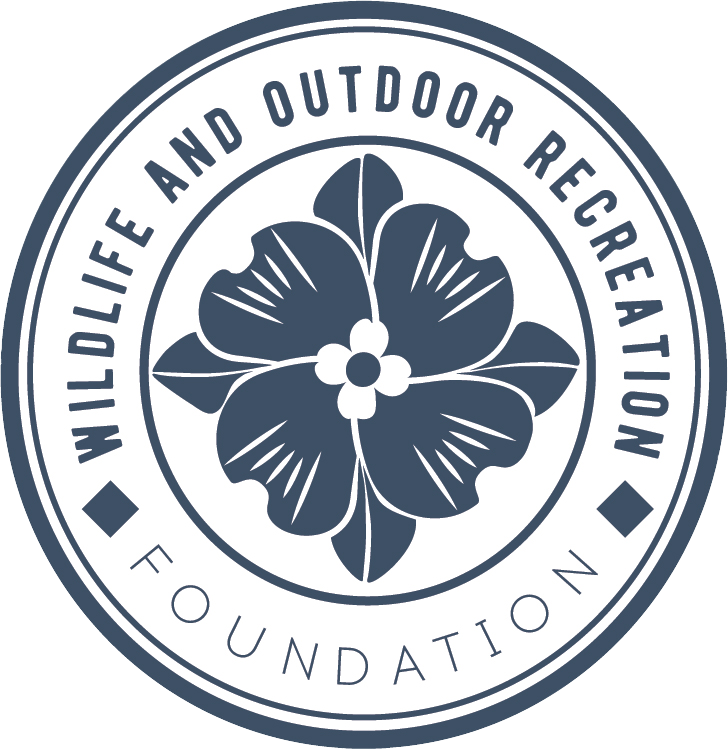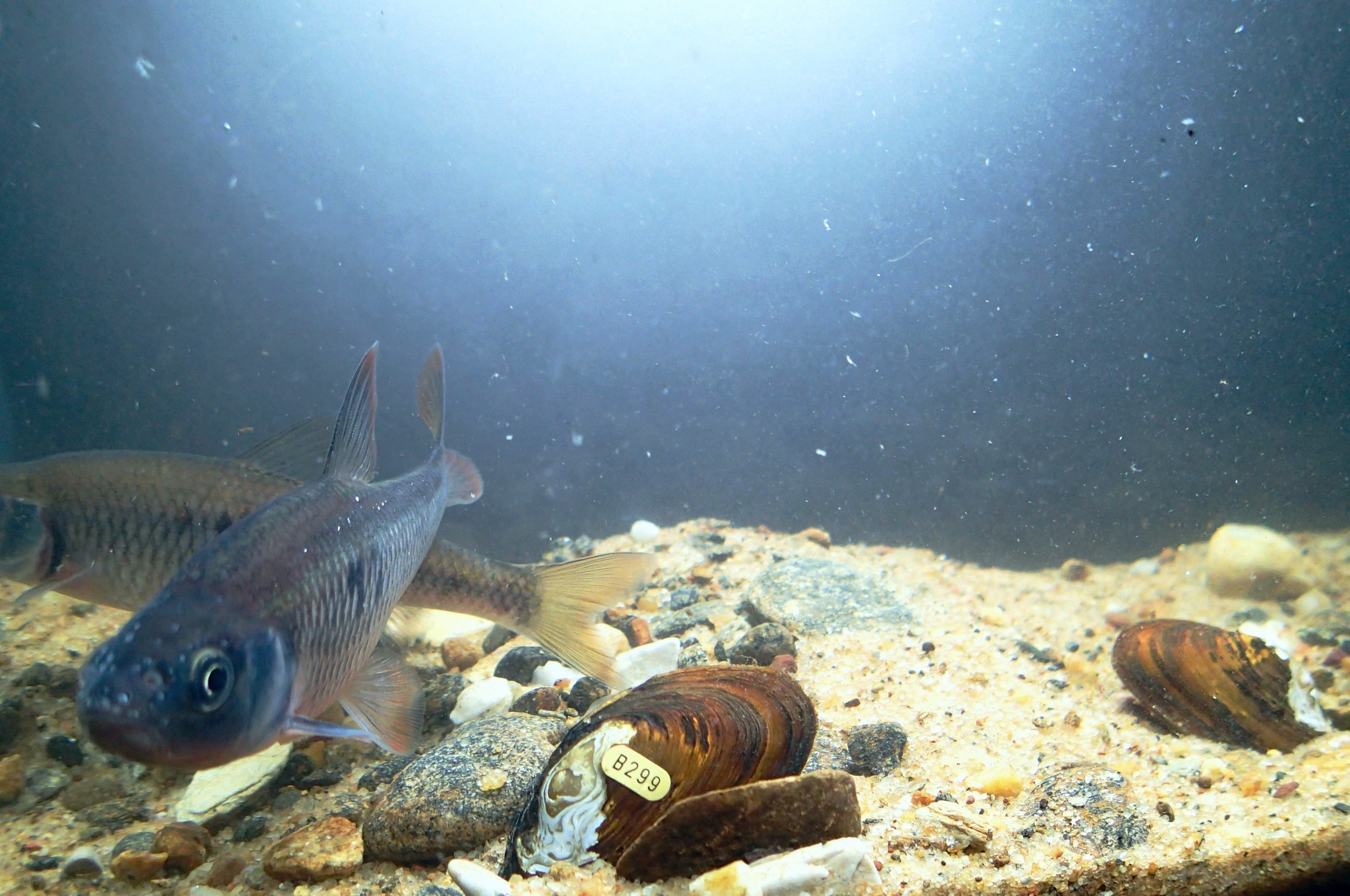
Aquatic Habitat Support
Protecting the Southeast's Aquatic Biodiversity
The southeastern United States has the highest aquatic biodiversity and the highest levels of imperilment in the nation. Across 18 states and territories—including North Carolina—hundreds of fish, mussel, and crayfish species face an uncertain future. To conserve this remarkable diversity, we must first identify where these species can thrive and where conservation efforts will have the greatest impact.
Mussels Need Fish
Mussels give birth to larvae (Glochidia) which attach to the gills of fish until they develop into juvenile mussels and drop off.
Mapping Conservation Opportunity Areas
This multi-state project will identify Conservation Opportunity Areas (COAs) based on modeled habitat suitability for the region's most imperiled aquatic species. The project will produce habitat suitability models for as many of the 580 Regional Species of Greatest Conservation Need (RSGCN) as possible, focusing on fish, mussels, and crayfish across the Southeast. These models will guide restoration and conservation efforts, ensuring limited resources are directed where they can do the most good.
Mussels Create Lures
Some mussels like Lampsilis display their mantle tissue which resembles a small fish, like a fishing lure, to attract their host fish!
Remarkable Species, Remarkable Adaptations
The aquatic ecosystems of North Carolina are home to extraordinary species with fascinating survival strategies:
Mussels and Their Fish Hosts Freshwater mussels have one of nature's most unusual life cycles. Mussels give birth to microscopic larvae called glochidia, which must attach to the gills of specific fish species to develop into juvenile mussels. Some mussels, like Lampsilis, have evolved elaborate lures—their mantle tissue resembles a small fish, attracting host fish close enough to receive the mussel larvae. This intricate relationship means that protecting fish populations is essential to protecting mussels.
Hellbenders: Water Quality Indicators Hellbenders are giant salamanders that serve as indicator species—their presence tells us that water quality is good. These impressive amphibians require cold, clean, well-oxygenated streams to survive, making them sensitive barometers of aquatic ecosystem health.
Clean Water?
Hellbenders are indicator species, who’s presence let us know that the quality of water is good.
Photo credit: Lori Williams
How You Can Help
This project qualifies for America the Beautiful Grant funding, but these grant funds require cost share and matching contributions. Your donation helps North Carolina meet its portion of this match to identify Conservation Opportunity Areas for aquatic species and inform restoration and conservation efforts. By supporting this work, you're helping protect the extraordinary diversity of life in our rivers and streams.



